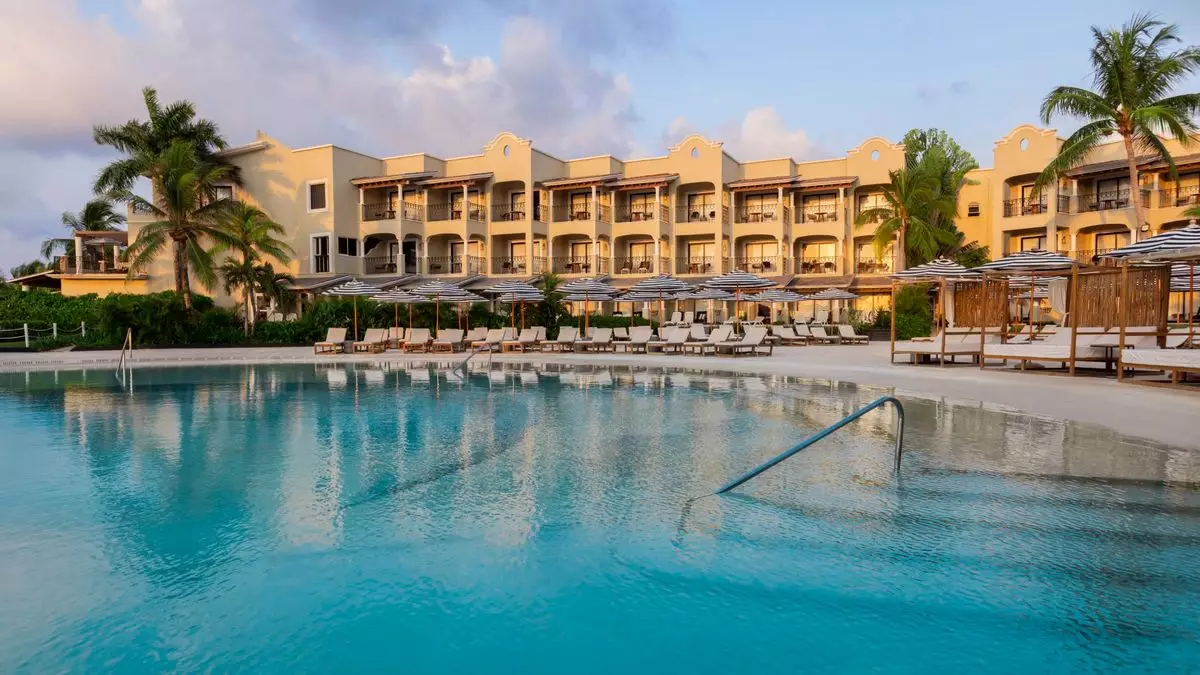There has been a noticeable shift in the all-inclusive resort industry, with a slowdown in growth and demand becoming more evident in recent times. According to Geoff Millar, owner of Ultimate All-Inclusive Travel, rising costs are a significant factor contributing to this trend. The prices at many all-inclusive resorts have nearly doubled over the past year or two, eroding the once strong value-for-money appeal of these vacations. This increase in rates has led some loyalists to consider exploring other vacation options, such as European getaways which now offer better value for the money.
Along with rising costs, increased competition within the all-inclusive sector is also playing a role in the changing landscape of these resorts. A recent influx of new entrants and development activities has intensified competition among all-inclusive operators. Geoff Millar pointed out that resorts will need to start adjusting their pricing to remain competitive in an increasingly crowded market. The middle-class and family market segments are becoming more price-conscious, reevaluating their spending in light of the increased rates at all-inclusive resorts.
Some key players in the all-inclusive resort industry, such as Hyatt and Sandals Resorts International, have reported a pullback in demand growth. Hyatt’s Inclusive Collection, which operates over 100 all-inclusive resorts across various regions, experienced a strong first quarter but saw a more modest 3% increase in net package revenue per available room (RevPAR) in the second quarter. Similarly, Sandals and Beaches brands observed a shift from the initial post-Covid booking surge to more normalized demand patterns. Grupo Xcaret also noted a more challenging environment with a slight decrease in demand, emphasizing the increased competition faced by Mexican resorts.
Despite the challenges and signs of a slowdown, some operators remain optimistic about the future of the all-inclusive resort market. Grupo Xcaret’s sales director, Rodrigo Motavelazco, expressed confidence in the ability of their properties to capture a significant market share, citing strong numbers and expansion plans as evidence of their positive outlook. Additionally, some market segments and brands, such as Club Med, have maintained steady demand levels. Dana Dziegiel, owner of Gypsea Travels, highlighted the robust group demand for Club Med, noting its competitive pricing compared to other brands and the loyalty of customers to the Club Med experience.
The landscape of all-inclusive resorts is evolving, with rising costs and increased competition contributing to a slowdown in growth and demand. While some operators are experiencing challenges and a pullback in demand, others remain optimistic about the future of the market. As consumers become more price-conscious and explore alternative vacation options, all-inclusive resorts will need to adapt to these changing preferences to stay competitive in the industry.

